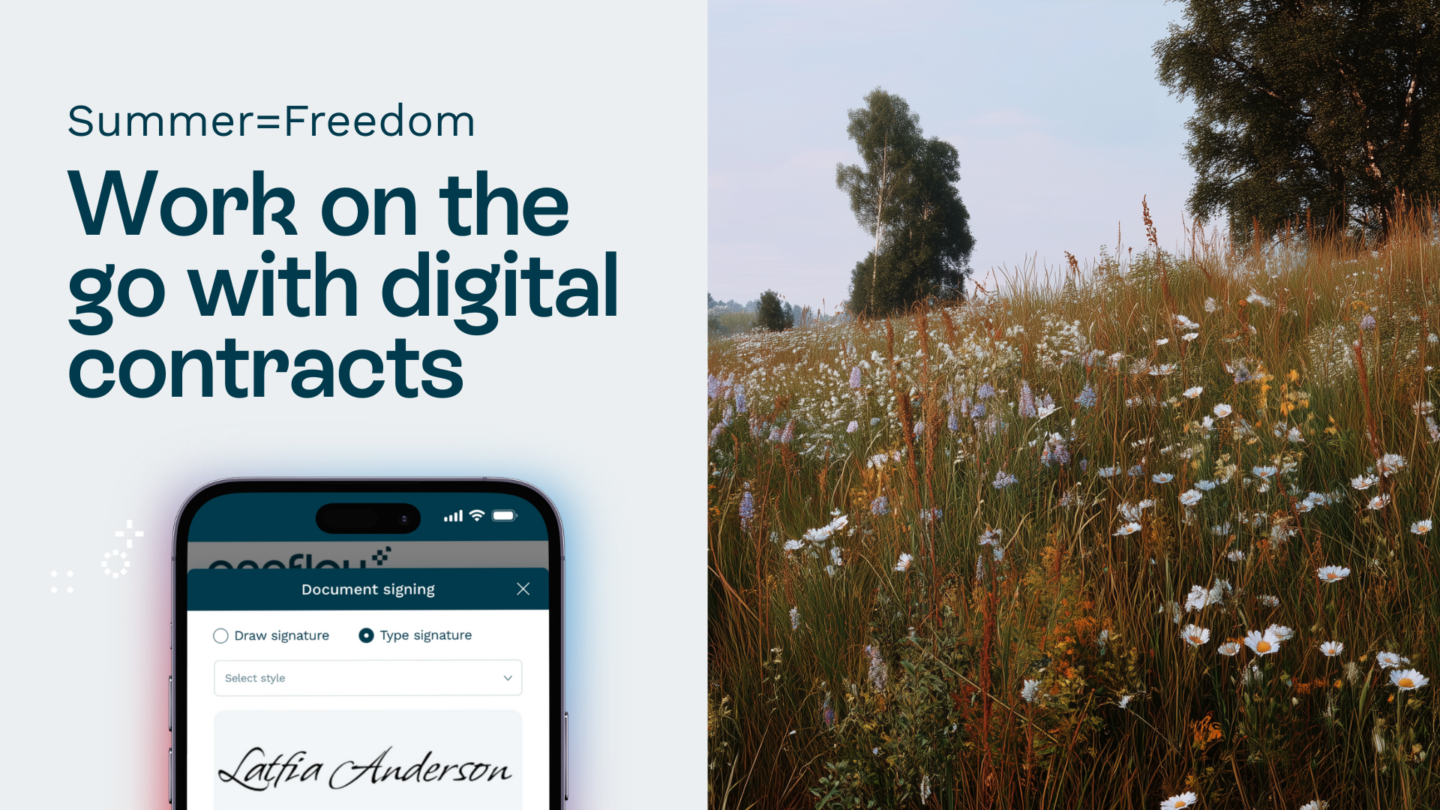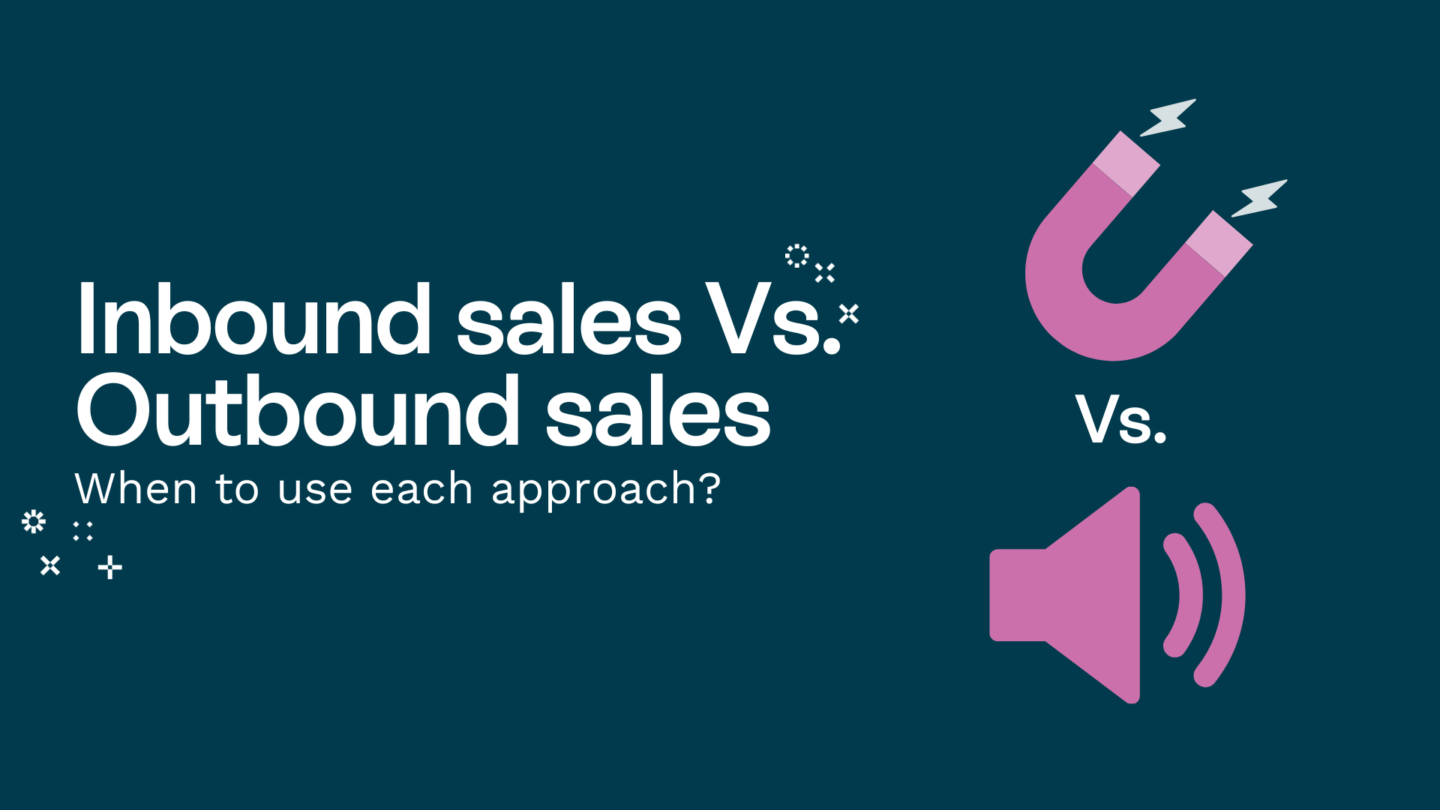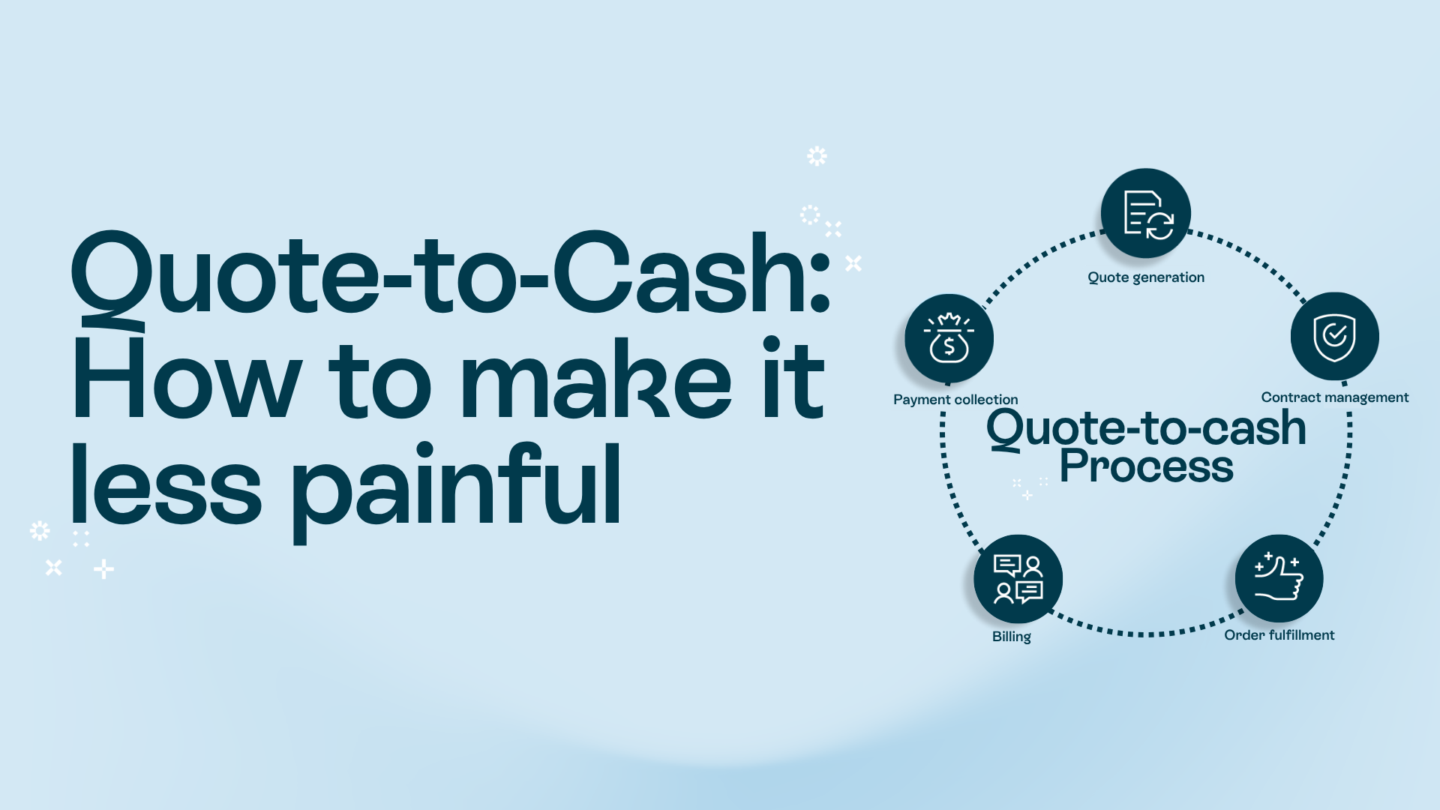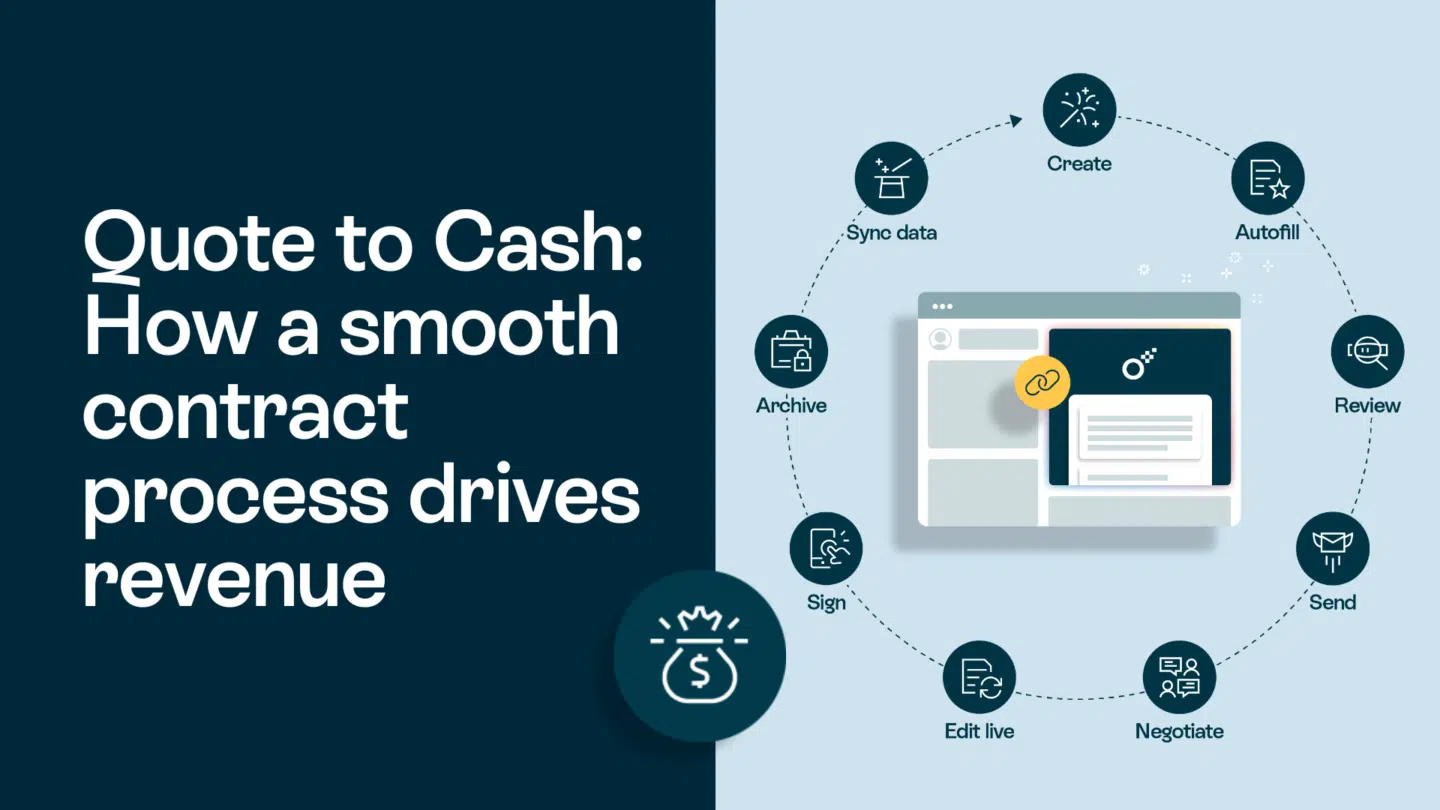Have you ever had a brilliant idea for a project but lacked the funds to bring it to life? If so, writing a grant proposal might be your ticket to success. Grant proposals are documents that outline your project and convince funders to provide the financial support you need. In this article, we will guide you through the process of writing an effective grant proposal, from understanding the basics to crafting a compelling document that stands out. So let’s dive in and learn how to write a grant proposal that gets results!
The basics of grant proposals
Before we jump into the details, let’s start by understanding what a grant proposal is. In essence, a grant proposal is a formal request for funding. It provides a clear and comprehensive overview of your project, highlighting why it deserves financial support and how it aligns with the goals of the funder. Grant proposals can vary in length and complexity, but they all share the common purpose of securing funding for your project.
When writing a grant proposal, it is important to keep in mind that funders are looking for projects that have the potential to make a significant impact. They want to invest in initiatives that address important issues and bring about positive change. Therefore, your proposal should not only demonstrate the value of your project but also showcase your organization’s capacity to successfully implement it.
Read also: What are digital contracts?

What is a grant proposal?
A grant proposal is a carefully crafted document that outlines your project, its objectives, and how you plan to achieve them. It includes key information about your organization, the problem your project aims to solve, your proposed activities, and a detailed budget. A well-written grant proposal effectively communicates the value of your project and convinces funders that their investment will result in positive change.
When writing a grant proposal, it is crucial to clearly articulate the problem your project seeks to address. You need to provide evidence that the issue is significant and explain how your project offers a viable solution. This requires thorough research and a deep understanding of the problem at hand. By presenting a compelling case, you increase the likelihood of securing funding for your project.
Importance of a well-written grant proposal
A well-written grant proposal is essential for securing the funding you need. It is your opportunity to make a compelling case for why your project deserves support. Funders receive numerous proposals, so yours must stand out from the crowd. A poorly structured or unclear proposal may result in your project being overlooked, even if it has tremendous potential. Investing time and effort into crafting a strong proposal increases your chances of success.
When writing a grant proposal, it is important to pay attention to the language and tone you use. Your proposal should be professional, concise, and persuasive. Avoid using jargon or technical terms that may confuse the reader. Instead, focus on clearly explaining your project and its potential impact. Use evidence and data to support your claims and demonstrate that your project is well-researched and thought out.
Furthermore, a well-written grant proposal should also address any potential challenges or risks associated with your project. Funders want to see that you have considered all possible obstacles and have a plan in place to mitigate them. By acknowledging and addressing these challenges, you demonstrate your project’s feasibility and increase the funder’s confidence in your ability to succeed.
Read also: The ultimate guide to proposal management

Preparing to write your grant proposal
Writing a grant proposal requires careful preparation. Before you put pen to paper (or fingers to keyboard), there are several crucial steps you need to take to set the foundation for your proposal’s success.
Researching potential funders
The first step in preparing to write your grant proposal is to research potential funders. Look for organizations or foundations that align with your project’s mission and goals. Explore their funding priorities, application guidelines, and any restrictions or requirements they may have. Understanding a funder’s values and expectations will help you tailor your proposal to meet their specific needs.
Aligning your project with funder’s goals
Once you have identified potential funders, it’s essential to align your project with their goals. Carefully review their funding priorities and identify how your project fits within those parameters. Highlight the ways in which your project addresses the funder’s key concerns and contributes to their mission. Demonstrating this alignment will increase your proposal’s chances of success.
Use these free business templates from Oneflow
Key elements of a successful grant proposal
Now that you have done your research and understand the basics, let’s explore the key elements that make up a successful grant proposal. Each section plays a vital role in conveying your project’s significance and ensuring that funders have the information they need to make an informed decision.
Executive summary
The executive summary is a concise overview of your entire grant proposal. It provides a snapshot of your project, highlighting its objectives, expected outcomes, and the amount of funding you are seeking. While it appears at the beginning of your proposal, it is often written last, as it summarizes the key points of the entire document.
Statement of need
The statement of need is a crucial section that outlines the problem your project addresses. Explain why the problem is significant, who is affected by it, and how your project will provide a solution. Use data, statistics, and compelling narratives to make a compelling case for the need for your project.
Project description
In the project description section, provide detailed information about your project’s objectives, activities, and expected outcomes. Outline the timeline for implementation and explain how you will measure and evaluate your project’s impact. Be clear and concise, demonstrating a thorough understanding of your project and its feasibility.
Budget
The budget section is where you outline the financial aspects of your project. Provide a detailed breakdown of how the requested funds will be allocated, including personnel costs, supplies, equipment, and any other expenses. Ensure your budget is realistic, transparent, and aligned with the goals and scope of your project.
Read also: Mitigate risk and take control of your contracts

Writing a grant proposal
Now that we have covered the key elements of a successful grant proposal, let’s dive into the writing process. Crafting a well-written proposal requires a combination of persuasive storytelling and clear, concise communication. Each section of your proposal should be carefully thought out and organized.
Crafting a compelling executive summary
Your executive summary should grab the funder’s attention and entice them to continue reading. Summarize the most critical points of your project, conveying its significance and impact. Focus on creating a compelling narrative that showcases the value and urgency of your work. Think of the executive summary as your project’s elevator pitch – it should be concise, engaging, and persuasive.
Read also: How digital signatures can benefit your business?
Detailing the statement of need
The statement of need is your opportunity to convince funders that your project is necessary. Use compelling statistics, stories, and evidence to demonstrate the urgent need for your project. Make it clear why your organization is uniquely positioned to address this need and how your project will make a lasting impact.
Describing your project
When describing your project, focus on clarity and conciseness. Clearly articulate your project’s objectives, activities, and expected outcomes. Use persuasive language to convey the project’s potential and show how it aligns with the funder’s goals. Use concrete examples, case studies, and testimonials to illustrate the impact your project will have.
Preparing a realistic budget
The budget is a crucial section of your grant proposal. Create a detailed budget that accurately reflects the resources needed to execute your project successfully. Ensure that your budget is realistic, feasible, and aligned with the funder’s guidelines. Provide comprehensive explanations for each line item and justify the requested funds in relation to your project’s goals and expected outcomes.
Writing a grant proposal can be a challenging process, but with careful planning and attention to detail, you can create a compelling document that stands out. Remember to tailor your proposal to each funder’s requirements, stay focused on your project’s impact, and communicate your passion and dedication. By following these steps, you’ll be well on your way to securing the funds you need to turn your project into a reality. Good luck!








